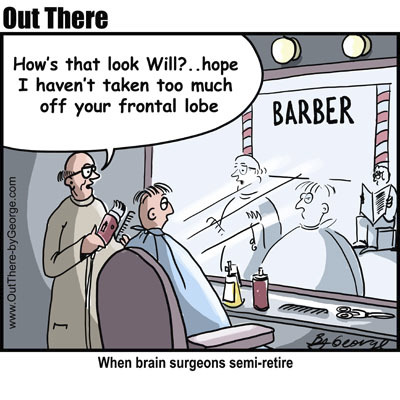Your homework (which is the equivalent to less than one night of homework) for the night before classes resume is to answer question below. You may opt to turn this question in earlier, which is fine. Please make sure that if you email me your answer, the subject line says "Answer to the Big Idea."
You might have thought that you escaped the question, but that is simply not the case. You are encouraged to use your notes, information from the blog and/or the modules to answer the question. Just make sure that you cite where the information came from.
A "Big Idea" of biolog is that living systems store, retrieve, transmit and respond to information essential to life processes. Discuss how the structures from at least three different levels of organization (cell, tissue...) within the nervous system possess emergent properties that exemplify and contribute to an understanding of the big idea.
A "Big Idea" of biolog is that living systems store, retrieve, transmit and respond to information essential to life processes. Discuss how the structures from at least three different levels of organization (cell, tissue...) within the nervous system possess emergent properties that exemplify and contribute to an understanding of the big idea.




.JPG)